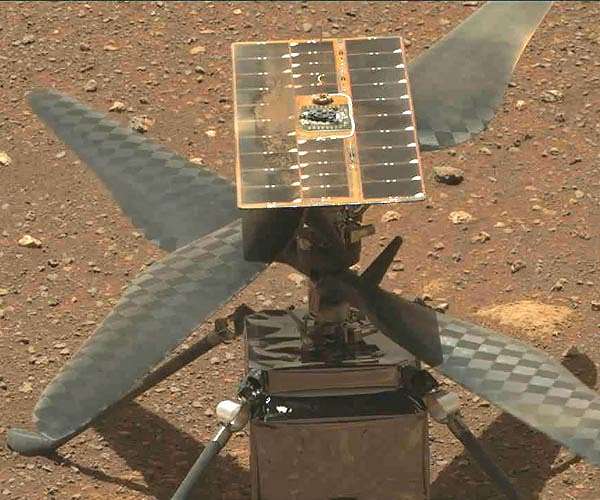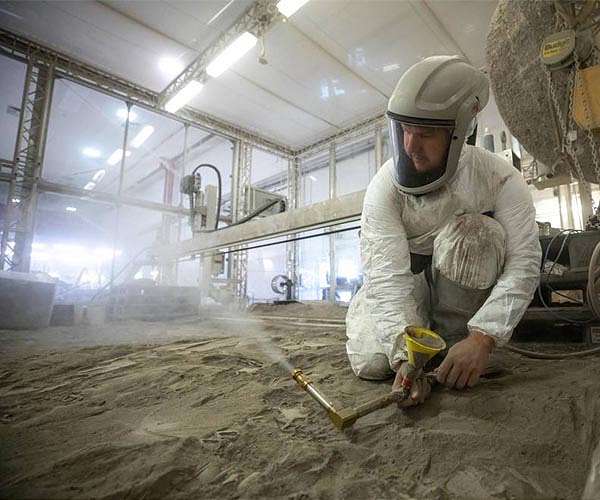fulcrum
Greatest Leader
Taitolentokoneissa voi olla jopa -10...Hawk oli minun aikanani +9 ja -4,5.

Follow along with the video below to see how to install our site as a web app on your home screen.
Note: This feature may not be available in some browsers.
Taitolentokoneissa voi olla jopa -10...Hawk oli minun aikanani +9 ja -4,5.

Delays and cost overruns developing new spacesuits could derail NASA's planned return to the moon by 2024, the space agency's official watchdog said in a report Tuesday.
Cost projections for the spacesuit development are approaching $1 billion, according to the report from NASA's Office of the Inspector General. It attributed delays to the coronavirus pandemic, technical challenges and shortfalls in congressional funding.
"Given these anticipated delays in spacesuit development, a lunar landing in late 2024 as NASA currently plans is not feasible," the OIG said in the report.
It recommended that the space agency reorganize its schedule and its anticipated contract award to the private sector to build the spacesuits.
The delays have prompted NASA personnel who plan for spacewalks to be "concerned there will not be sufficient quantities of training hardware available" to prepare for lunar missions by 2024, the report said.
Another problem identified in the report is that NASA's current approach to spacesuit development allows companies to propose their own designs.
That approach "could result in industry developing (and NASA purchasing) two different spacesuits--one for use ... on the ISS and another for use on the lunar surface," the report said.
"Given the space station's limited expected lifespan, developing a suit solely for the ISS may not prove cost effective."

Ja kuvapöntön kanssa +7. Vaan noiden arvojen ylitys johtaa aina tarkastuksiin. 90-luvulle tultaessa Hawkin arvoja oli pudotettu. Plus on nyt 8 ja onko miinus nykyään kolme?Taitolentokoneissa voi olla jopa -10...
The "little helicopter that could" has garnered attention, fans, and numerous accolades, with the latest coming from Aviation Week Network in the form of a 2021 Laureate Award. The Laureate Awards honor "extraordinary achievements in aerospace."
When the 4-pound (1.8 kilogram) rotorcraft hovered on Mars for 39.1 seconds on April 19, 2021, it was the first instance of powered, controlled flight on another planet - a true Wright brothers moment. Since then, Ingenuity has chalked up 11 flights, with a total distance of just over 1 mile (2.2 kilometers), reaching an altitude record of 40 feet (12 meters) in its 10th sortie.
Ingenuity hitched a ride to the Red Planet on Perseverance, which landed on Feb. 18 2021. It was designed as a technology demonstration and carries no science payloads on board. Its mission was to prove that humanity can fly powered vehicles on Mars.
After Ingenuity achieved its tech demo goals, the helicopter entered its current operations demonstration phase to test its abilities as an aerial explorer, quickly imaging and scouting areas of Mars. This capability has proven useful to Perseverance operators and scientists. During its most recent flights, Ingenuity has surveyed areas of particular interest for Perseverance to potentially explore in its hunt for signs of ancient life.
"The helicopter has succeeded in ways the Ingenuity team could only have imagined at the outset of this project," said Ingenuity Operations Lead Teddy Tzanetos. "The small but mighty team behind this small but mighty rotorcraft is, needless to say, thrilled at its success and honored for the acknowledgment. We're also eager to see what comes next with the operations demonstration."

To safely reach the Moon, a lunar lander must fire its rocket engines to decelerate the spacecraft for a soft touchdown. During this process, the engine exhaust stirs up regolith - the dust and rocks on the lunar surface - creating a host of potential challenges, from destabilizing the lander to damaging instruments and reducing visibility.
To dig into this problem, a team from NASA's Kennedy Space Center in Florida is preparing 16 tons of a regolith simulant called Black Point-1 (BP-1) for use in experiments to better understand plume surface interaction - the behavior and effects of rocket exhaust plumes during landing.
Unlike the rocks or sand on Earth, which have undergone weathering and generally have rounded edges and corners, the dust and dirt particles on the Moon are irregularly shaped crushed rocks with many sharp angles. This makes lunar regolith very abrasive, and a good simulant on Earth must have similar properties.

"In the end, these ground tests will provide data on plume surface interaction effects in a relevant vacuum environment that will enable predictive modeling to help us better understand and address the effects that high-speed dust particles could cause," Mantovani said. "We need to mitigate any lunar surface erosion and cratering during landing and minimize the damage to equipment."
The plume surface interaction ground tests also will be used to demonstrate how well different instruments can observe the cratering and high-speed particles that the rocket plumes cause. The best-performing instruments may be sent to the Moon on future landers, to observe landings in the actual flight environment.
Technology that could ease humanity's space junk problem is about to get an orbital test.
A tiny cubesat called AuroraSat-1 will launch atop a Rocket Lab Electron booster in the fourth quarter of this year, Rocket Lab representatives announced on Monday (Aug. 16).
AuroraSat-1, which will be operated by Finnish company Aurora Propulsion Technologies, will lift off from Rocket Lab's New Zealand site, on the North Island's Mahia Peninsula. After deploying in low Earth orbit, the cubesat will demonstrate systems designed to help operators maintain control of small satellites and bring them down to Earth before they become space junk.

"AuroraSat-1 will also test its deployable Plasma Brakes, which combine a micro-tether with charged particles in space, or ionospheric plasma, to generate significant amounts of drag to deorbit the spacecraft safely at the end of its life," they added.
En ymmärrä miksi niin monet Kuiberin taivaankappeleista on punaisia. Pluto ja MauMau kuuluu samaan ryhmään ja MauMau punaisempi.

En ymmärrä miksi niin monet Kuiberin taivaankappeleista on punaisia. Pluto ja MauMau kuuluu samaan ryhmään ja MauMau punaisempi.
Sitten kun mitataan valoa fotometrian tapaan, eri suotimien läpi, niin tulee tuo punainen luokitus, eli kappale heijastaa enemmän valoa punaisessa päässä. Tämä siis liittyen siihen taulukkoon, joka noin 3 minuutin kohdalla näytetään.
Jos katsotaan eksoplaneettoja niin eikö siellä saman logiikan mukaan pitäisi olla punaisia taivaankappaleita aurinkokunnan äärireunoilla? Ainakin teoriassa.
Kyllä, ainakin jos olosuhteet ovat samat kuin aurinkokunnassa. Siis taas viitaten fotometrian punaiseen, joka voi tarkoittaa myös IR laitaa.
Mutta. Kun tähti syntyy johonkin alueelle, niin onko aines aina niin samankaltaista, että syntyy "punaisen" luokan kappaleita, sinne ulkoreunoille? Vai voiko olosuhteet olla niin erilaiset, että eksoplaneettakunnan kappaleet siirtyvät huomattavasti sinisempään päähän. (Tähti kun ei itsessään tuota mitään, vaan planeetat ym. kpl muodostuvat siitä aineksesta, joka on tähden syttymisen jälkeen jäänyt jäljelle). Nyt en osaa sanoa, ja tämänkin ajatuksen repäisin nopeasti.
Sitten näissä planeetoissa pitää muistaa niiden geologinen prosessi, joka on ainakin alkuvaiheessa ollut käynnissä, koska kun planeetta-alkio kerää ainesta, niin se saa aikaan lämpöä. Se tietenkin erottelee kevyemmät ainekset raskaammista, ja saa aikaan planeetan eri kerrokset. Taatusti vaikuttaa fotometrialuokitukseen, mutta planeetta-alkio pystyy myös sen jälkeen keräämään lisää erilaista ainesta, jos niitä on saatavissa, joka sekin vaikuttaa heijastavaan valoon.

Musk faneille
